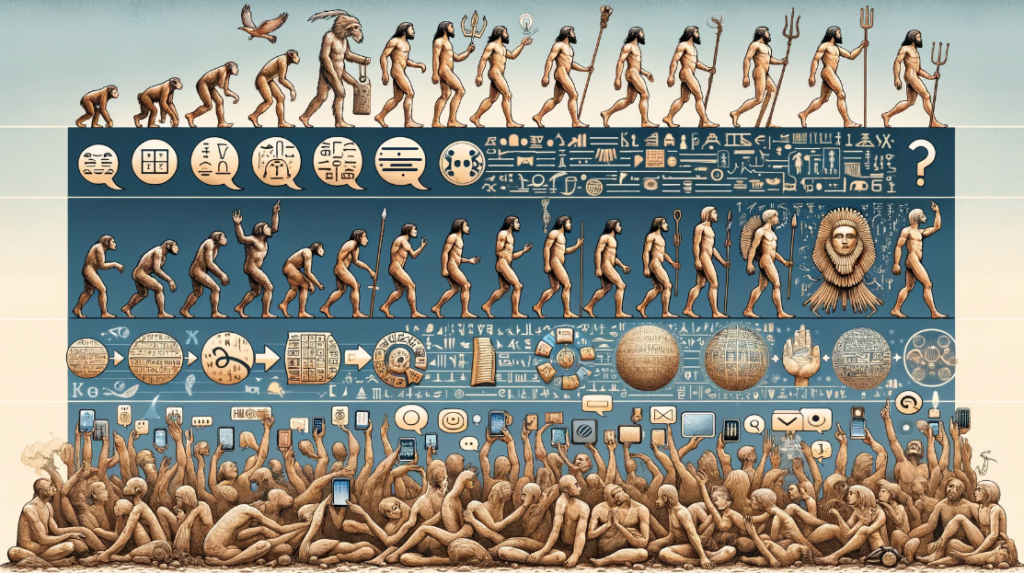Lesson 34. The Impact of Tourism (観光の影響)

▮ Explanatory Text:
Tourism is a significant economic driver for many countries, contributing to job creation, infrastructure development, and increased revenue. However, it also has the potential to cause environmental degradation, cultural erosion, and social displacement if not managed sustainably. The impact of tourism is multifaceted, affecting local communities, economies, and ecosystems. This topic explores both the positive and negative aspects of tourism, emphasizing the importance of sustainable tourism practices that respect local cultures, protect natural environments, and ensure long-term benefits for both travelers and host communities.
▮ Common Phrases:
1. Sustainable tourism aims to…
2. Overtourism can lead to…
3. Eco-tourism focuses on…
4. Cultural heritage tourism involves…
5. The economic benefits of tourism include…
▮ Example Sentences:
1. Sustainable tourism aims to minimize environmental impact and support local economies.
2. Overtourism can lead to environmental damage and strain on local resources.
3. Eco-tourism focuses on conservation and educating travelers about environmental protection.
4. Cultural heritage tourism involves exploring historical sites and traditions, contributing to their preservation.
5. The economic benefits of tourism include job creation and infrastructure development.
▮ Questions:
1. What are the key components of sustainable tourism, and how can they be implemented?
This question encourages learners to discuss strategies for achieving tourism that is economically, socially, and environmentally sustainable.
2. How does overtourism affect destinations, and what measures can be taken to mitigate its impacts?
Participants explore the consequences of excessive tourism and consider solutions to manage visitor numbers and protect destinations.
3. & 4. In what ways can tourism contribute to the preservation of cultural heritage and local traditions?
This prompts a discussion on the role of tourism in promoting and safeguarding cultural heritage and ways to engage tourists respectfully.
Discuss the environmental challenges associated with tourism and how eco-tourism addresses these issues.
Learners examine the environmental impacts of tourism and the principles of eco-tourism as a response to these challenges.
5. What are the economic implications of tourism for local communities, and how can the benefits be maximized?
This question invites speculation on how tourism revenues can be distributed more equitably among local stakeholders.
▮ Discussion Instructions:
Choose a tourism-related issue or practice that interests you, such as the effects of tourism on a specific destination, the concept of eco-tourism, or the role of tourism in cultural preservation. Discuss the current state of the issue, including both positive and negative aspects, and reflect on potential improvements or innovative approaches to enhance the sustainability and impact of tourism in that context.
















